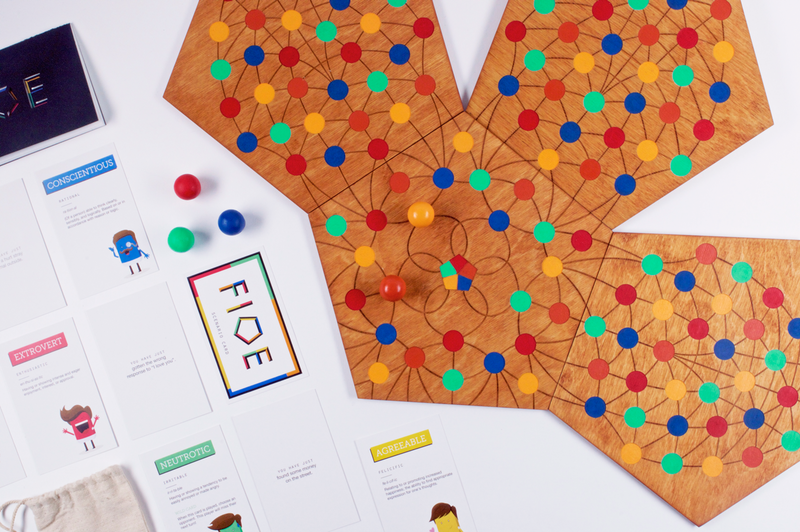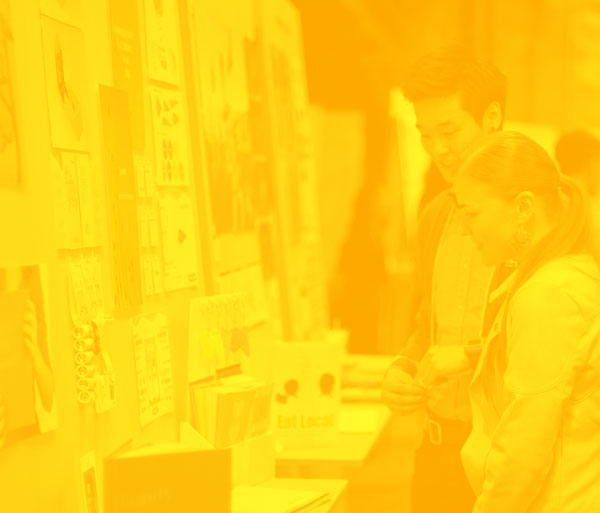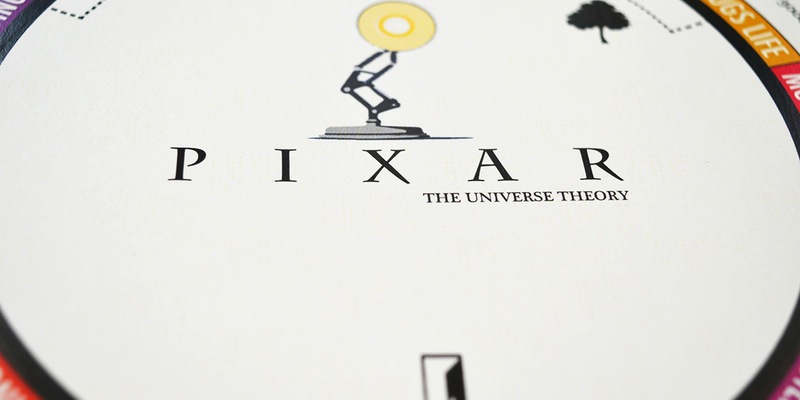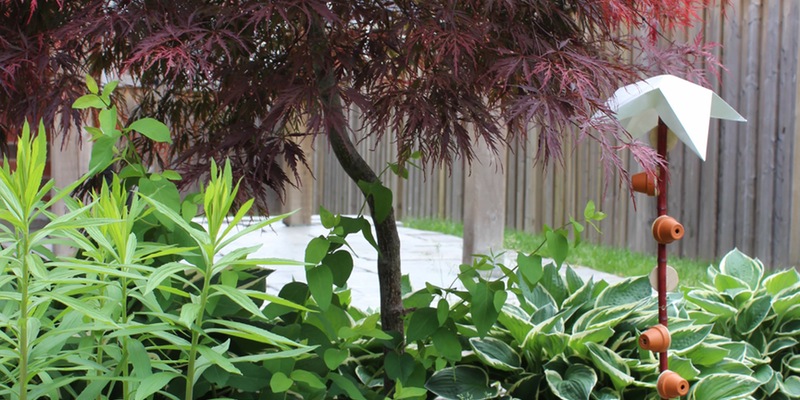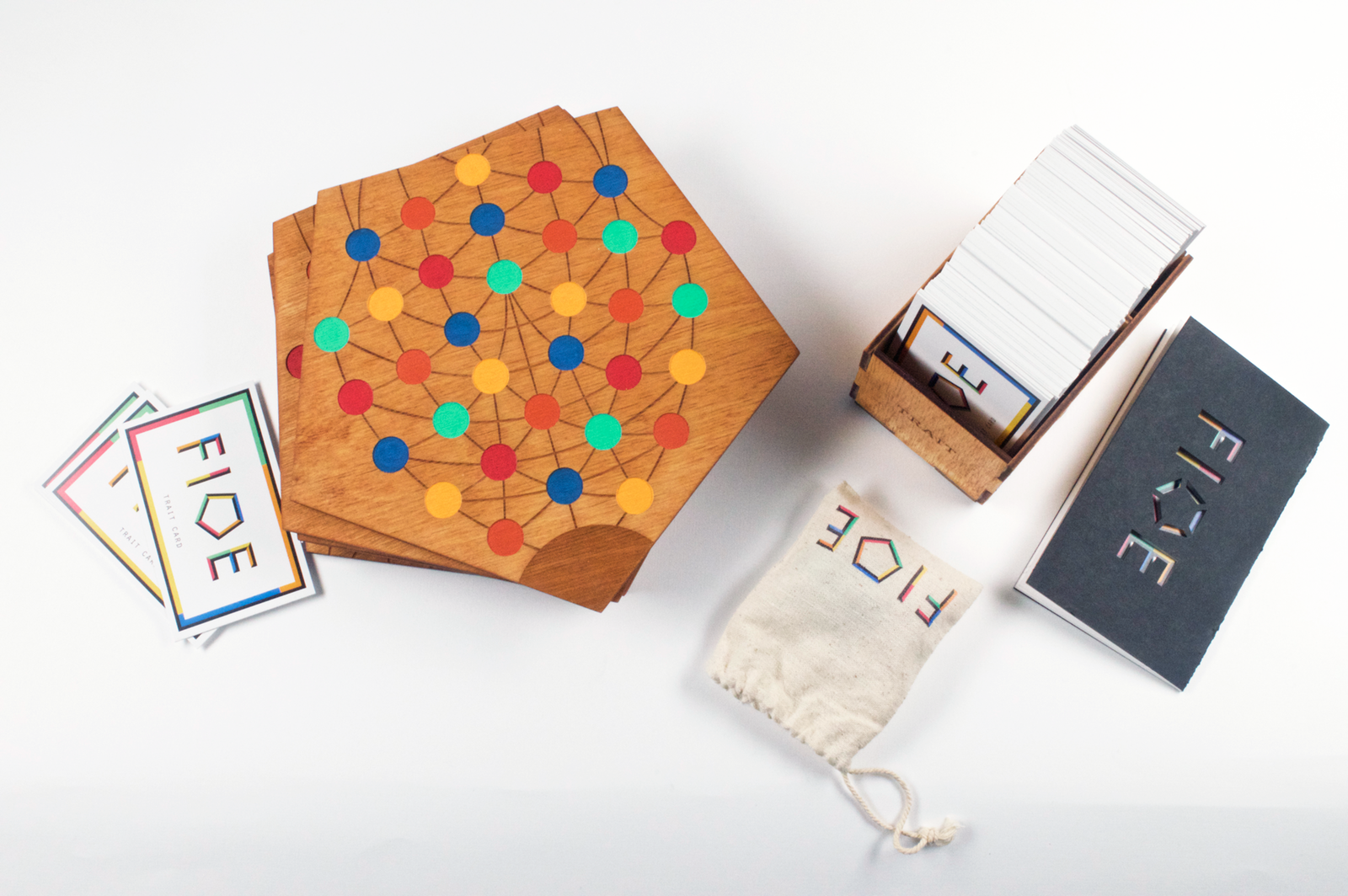
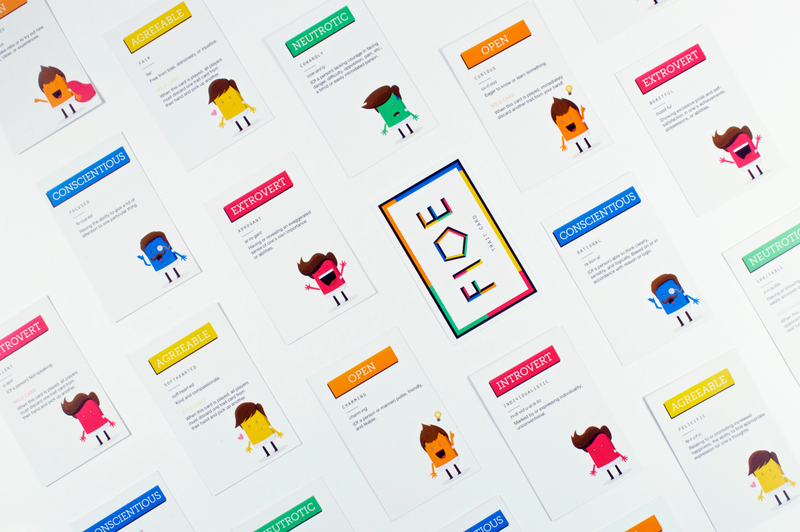
If someone asked you to describe your own personality, could you do it?
We were tasked to develop a self-directed project, a thesis, surrounding a chosen theme that intrigued us enough to last the entire school year. After delving into an immense amount of material about personality, personality types and traits and heritability, I came across a theory called the “
Goals
It’s hard to have a true perspective on your own personality traits and how you express them to the world. If you’ve never taken a personality test or read much about your personality type, you would probably just rely on the feedback you’ve heard about yourself from others. But not everyone has the time to sit and read about different physiological theories that prove what those personality tests or what your friends are saying about you are saying are true.
My challenge was to create a unique way of explaining how having different personality traits can affect different everyday life situations, how personality shapes us, and how our personalities essentially ‘control’ us. The aim was to do so in a way that was creative, fun and stimulating, yet educational and for all ages.
The Process
I started out by doing an immense amount of research, exploring different methods and theories, and thoroughly analyzing my topic until I came up with my audience and goal. This led me to further refining my topic to just studying the
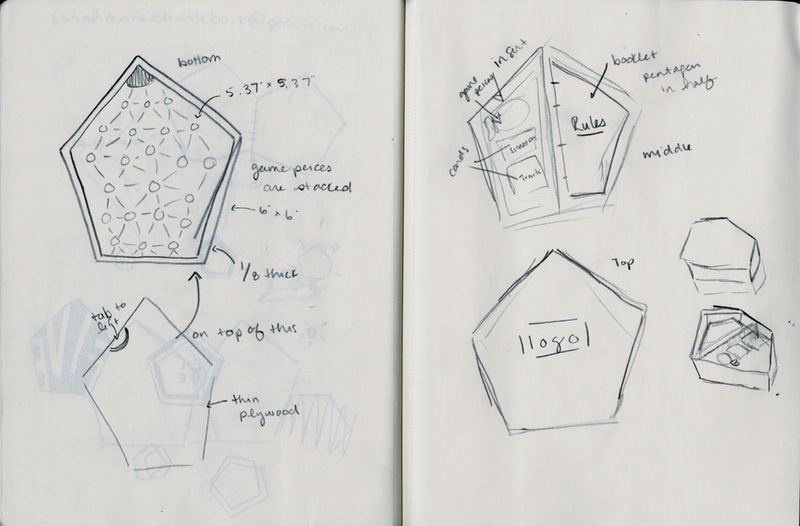
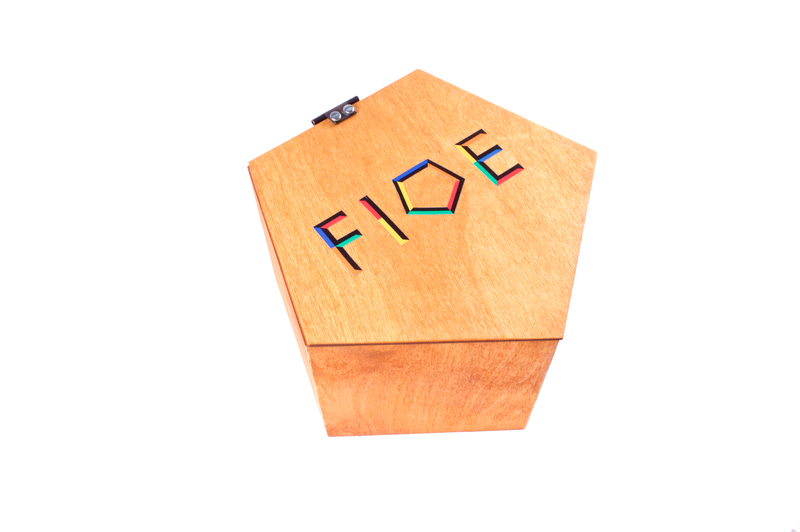
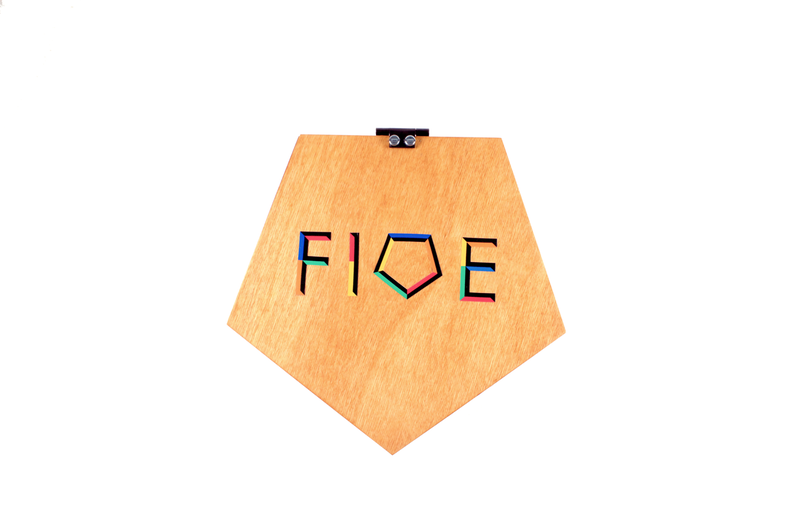
From my own personal experience, I have found I learn a lot about a person’s personality just by playing a board game with them. Whether it be Risk or Monopoly, it seems that one’s true colours are shown when they suddenly become your opponent. It only seemed fitting to me to create a board game of my own that would teach players about the different personality dimensions of the
The first challenge I encountered was coming up with the premise of the game. This I resolved in two steps. The first step was coming up with the game board. The board is made up of six pentagons- one as the centre piece, and five others connecting to it. Each pentagon is filled with coloured
The objective of the game is simple: the first player to the centre of the board, wins. There are five players maximum, each starting on their own section of the board. Upon beginning the game, players are to pick up five “trait” cards, and have five in their hand at all times. These traits make up your personality during your turn. Upon beginning a turn, players are to pick up a “scenario” card, read it aloud. Depending on the cards in the player’s hand, the player can either go forward or backward.
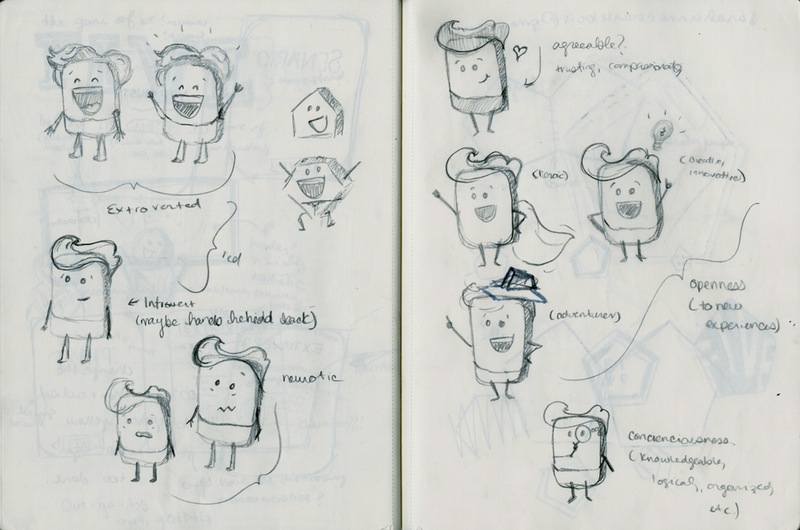
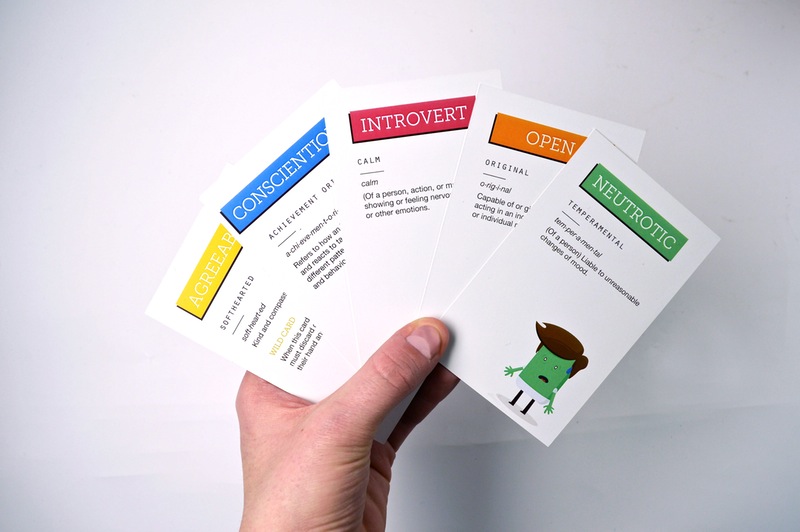
Here is a possible scenario:
It is Susie’s turn to play. She picks up a situation card from the deck. “You need to give a public speech”. Susie’s current traits are cooperative, generous, shy, careless and creative. She decides to use the “shy” trait, and must move backward to the closest corresponding colour. She discards her card, and picks up a new one.
The creation of this game has been a real learning curve. It has taught me the importance of trial and error, as well as prototyping and play testing. It has also taught me the importance of feedback, no matter how big or small it may be. With a project like this, it is crucial to pay close attention to small
